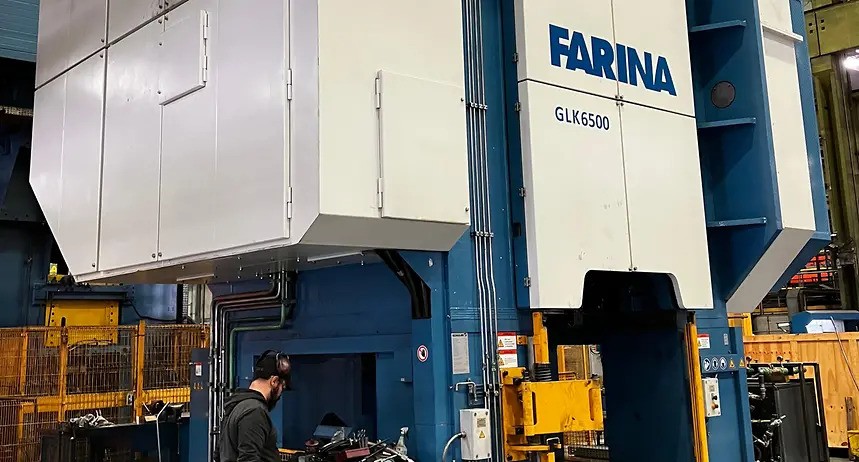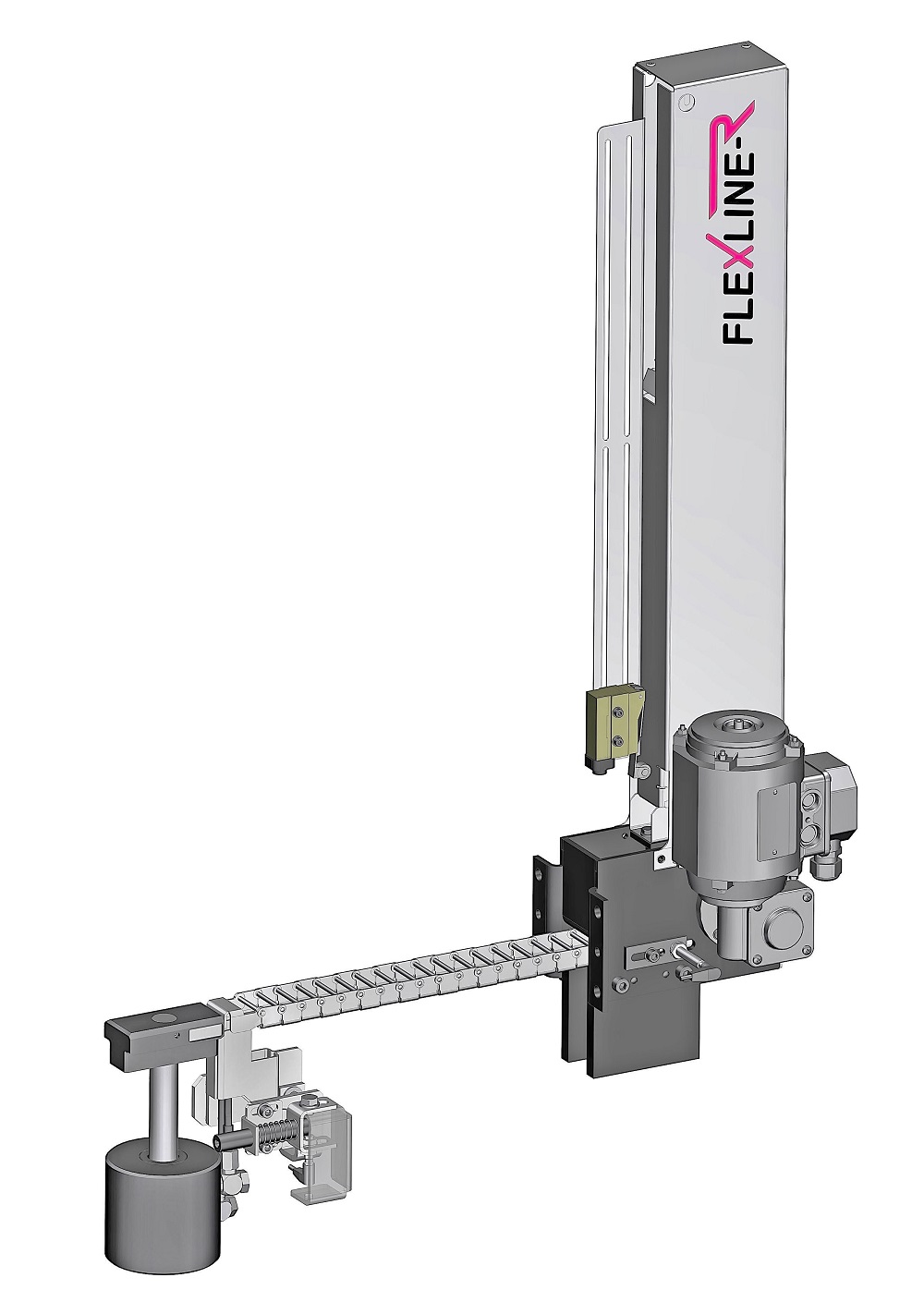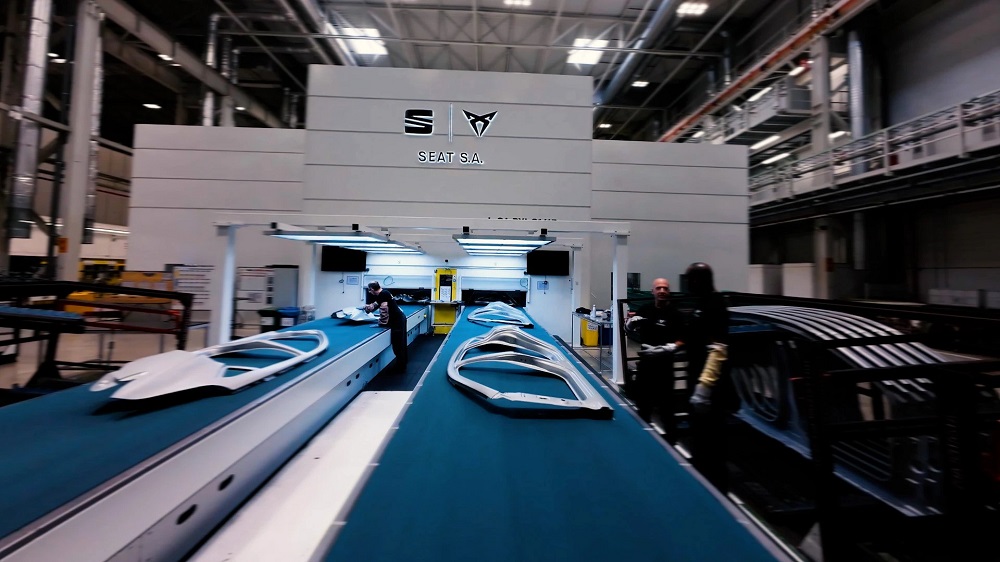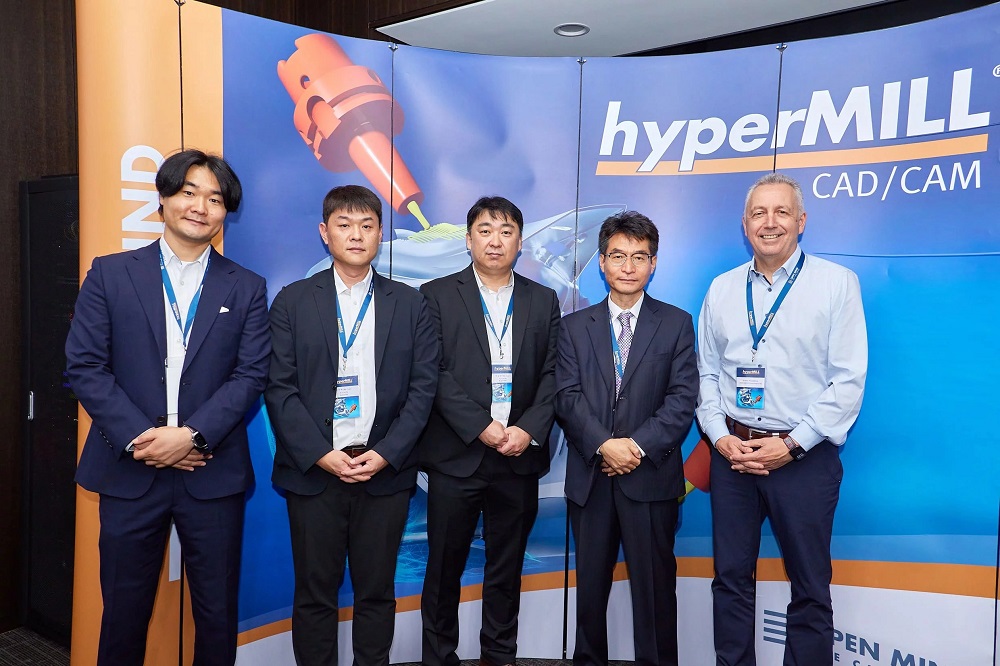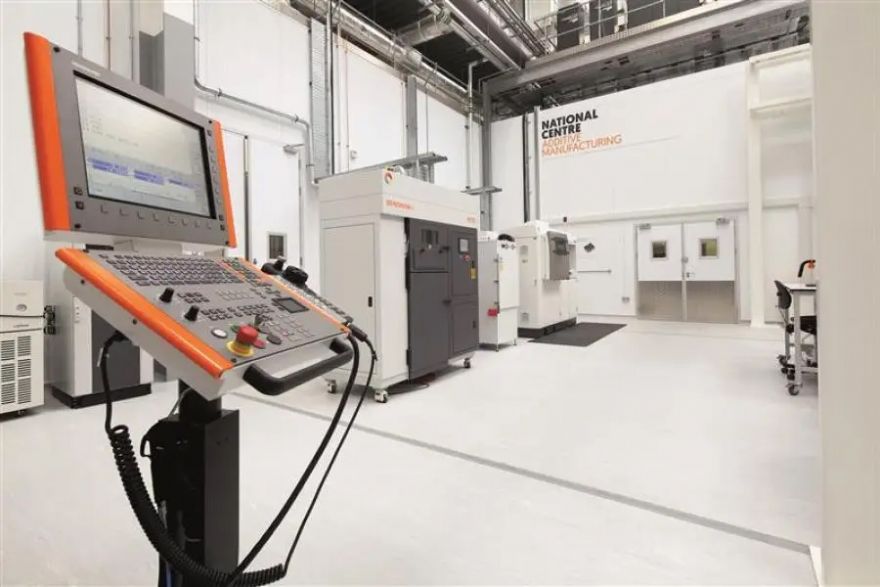Founded in 1963, Maxiforja located in Canoas, Brazil, serves numerous manufacturers of heavy trucks and agriculture equipment.In order to expand production capacities for large knuckles up to 40 kg, the company has installed a record-breaking 6500 tonne forging press from Andritz Schuler, which has now gone into operation.
“This is the world’s largest forging press featuring a kinetic energy recovering system [KERS],” reveals Nicolas Drevon, director global forging at Andritz Schuler. “Thanks to KERS, the power demand will decrease by up to 40% compared with conventional forging presses in this size.”
This energy reducing technology helps Maxiforja to reach its sustainability goals. At the same time, the company benefits from high quality and productivity thanks to the state-of-the-art technology offered by the new line.
The GLK 6500 type press was developed by Andritz Schuler’s Italian subsidiary Andritz Farina and built at the site of Prensas Schuler in Brazil. Apart from KERS, the line also features a Scotch Yoke working directly in the slide, which allows for a compact design and improved component accuracy. Maxiforja already operates forging presses ranging from 800 to 4000 tonnes capacity, but for the first time decided to invest in Andritz Schuler technology.
Andritz Metals is – via Andritz Schuler – a global supplier of technologies, plants and digital solutions in metal forming. The product portfolio also includes automation and software solutions, process know-how and service. In the metals processing segment, the business area offers innovative, sustainable solutions for the production and processing of flat products, for welding systems and furnaces with its own burner solutions, as well as services for the metals processing industry.
More information www.schulergroup.com






